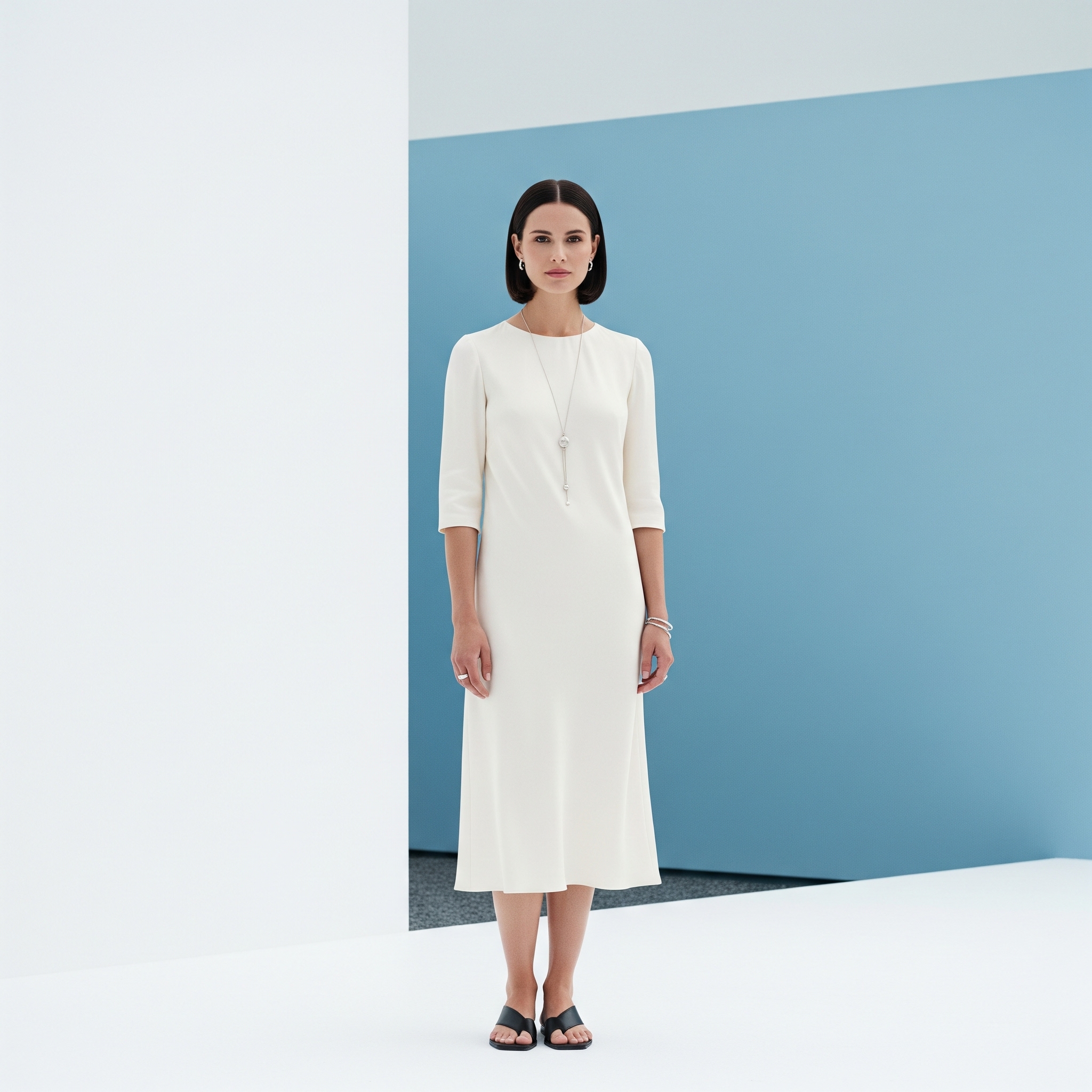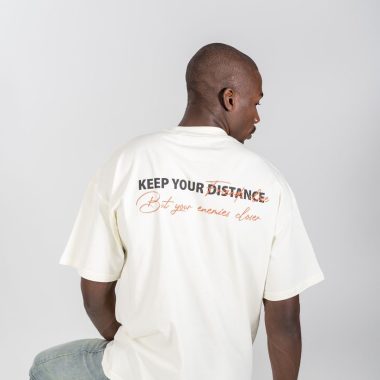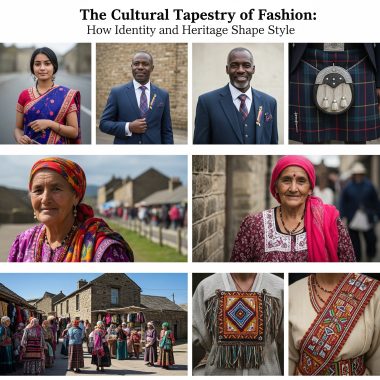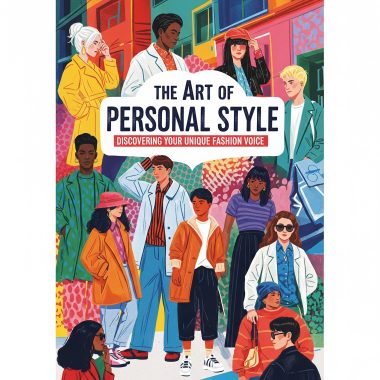In an age of endless trends and fast-paced consumption, a counter-movement has steadily gained ground in the world of fashion: minimalism. Far from being boring or restrictive, minimalist fashion is a deliberate and artful approach to dressing that prioritizes simplicity, quality, and versatility. It’s about stripping away the superfluous to reveal the essence of style, creating a wardrobe that is both highly functional and profoundly elegant. Embracing minimalism is not just about owning fewer clothes; it’s a philosophy that extends to a more mindful and intentional way of living.
At its core, minimalist fashion champions clean lines, neutral color palettes, and uncluttered silhouettes. This typically involves a focus on colors like black, white, grey, navy, beige, and earthy tones, which are inherently versatile and easy to mix and match. The absence of loud prints or excessive embellishments ensures that the focus remains on the garment’s cut, drape, and the quality of its fabric. This emphasis on simplicity allows the wearer’s personality to shine through, rather than being overshadowed by distracting elements.
One of the greatest advantages of a minimalist wardrobe is its versatility. When every piece can be combined with almost every other piece, the possibilities for creating different outfits become endless, even with a limited number of items. A well-chosen white shirt can be dressed up with tailored trousers for a professional look or dressed down with jeans for a casual weekend. This modular approach to dressing saves time, reduces decision fatigue, and ensures that every item in the closet earns its keep, maximizing its utility and value.
Quality over quantity is a cornerstone of minimalist fashion. Instead of accumulating numerous trendy, low-cost items that quickly fall apart, minimalists invest in fewer, higher-quality pieces made from durable fabrics and with superior craftsmanship. These garments not only last longer but also look better and feel more comfortable. While the initial investment might be higher, the long-term cost per wear often proves to be lower, and the reduced need for frequent replacements benefits both the wallet and the environment. This focus on enduring pieces also fosters a deeper appreciation for clothing as an investment rather than a disposable commodity.
Beyond the aesthetic and practical benefits, minimalist fashion often reflects a deeper mindset of intentionality. It’s about curating a wardrobe that truly serves your lifestyle and expresses your authentic self, free from the pressure of fleeting trends or societal expectations. This conscious approach to consumption reduces clutter, minimizes decision fatigue, and can even translate into a greater sense of calm and clarity in other areas of life. It shifts the focus from accumulating possessions to appreciating what you have and making thoughtful choices about what you bring into your life.
While the concept of minimalism might initially conjure images of stark, unadorned clothing, modern minimalist fashion is far from rigid. It allows for personal interpretation, incorporating textures, subtle details, and even a single statement accessory to add personality. It’s about finding what resonates with you and building a wardrobe that makes you feel confident, comfortable, and effortlessly stylish, without unnecessary excess.
In conclusion, the allure of simplicity in fashion is a powerful testament to the idea that true elegance lies in refinement and intention. Minimalist fashion offers a refreshing alternative to the overwhelming pace of consumption, promoting versatility, quality, and a more mindful approach to dressing. It’s a timeless aesthetic that proves less can indeed be so much more.




